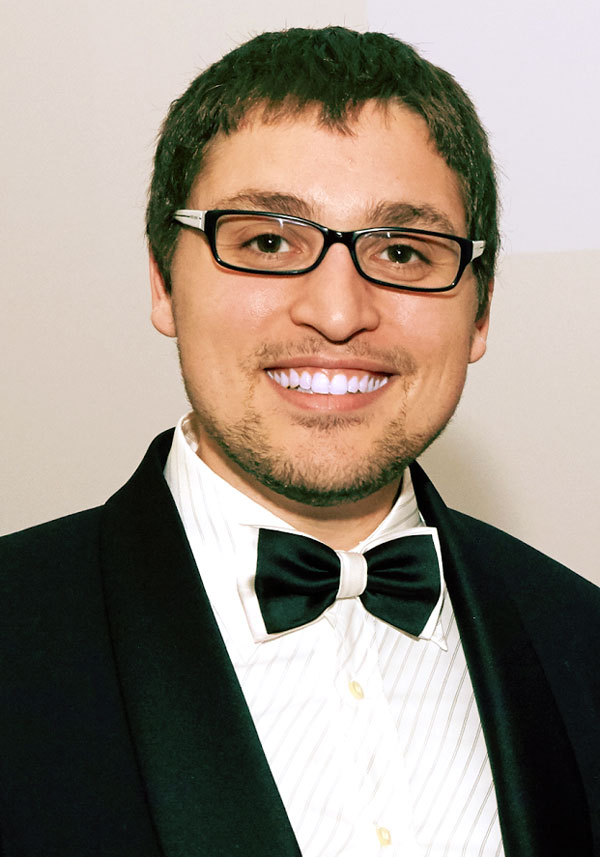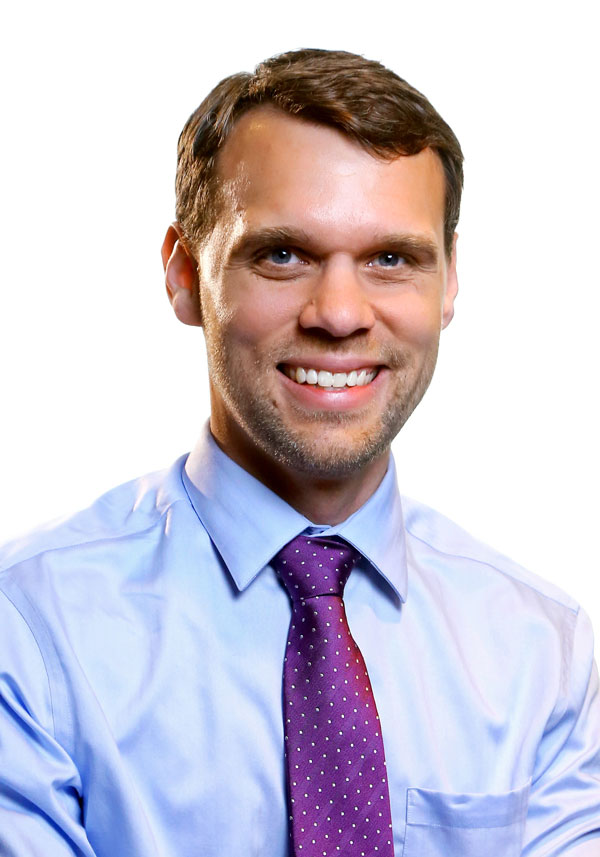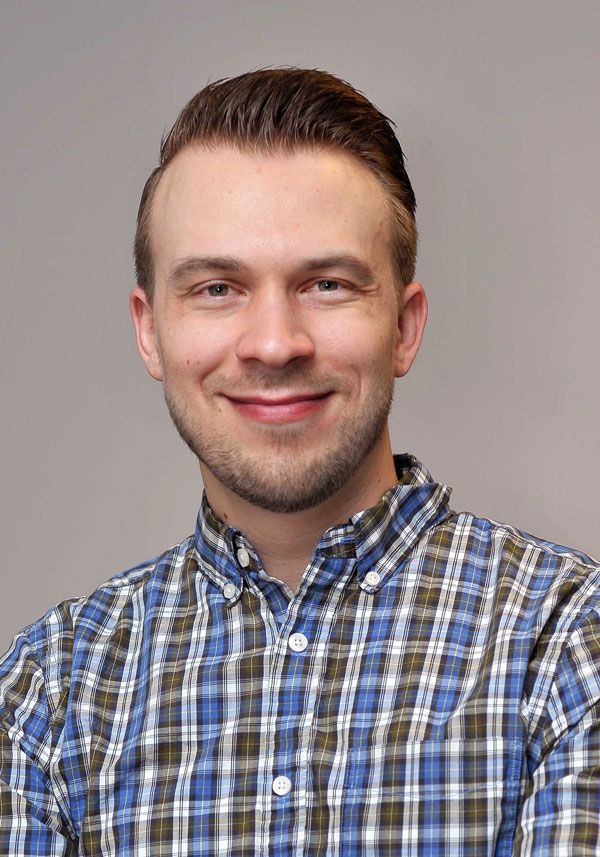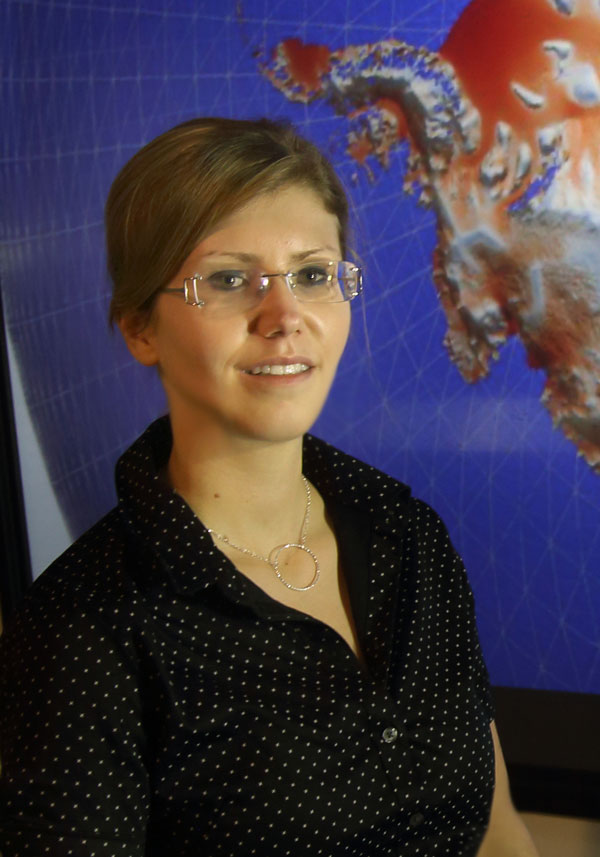Sandia researchers Salvatore Campione, Matthew Gomez, Paul Schmit and Irina Tezaur have received the Presidential Early Career Award for Scientists and Engineers for 2019.
President Donald Trump announced the awards as the U.S. government’s most prestigious for early career scientists and engineers. PECASE includes $250,000 as research support over a five-year period and is provided to scientists and engineers beginning their careers who show exceptional promise for leadership in science and technology. A ceremony honoring recipients was held July 25 in Washington, D.C.
Salvatore Campione

Salvatore, from Catania, Italy, with a doctorate in electrical and computer engineering from the University of California, Irvine, is an electromagnetic analyst involved in national security projects that include analysis and modeling for lightning, electromagnetic pulse effects and radiation, and fundamental research and design in metamaterials and nanophotonics.
According to the announcement, he won “For pioneering work in metamaterial and nanophotonic design, capability development in accurately predicting electromagnetic-pulse consequences on the U.S. power grid, and for excellence in engaging with the external scientific community and mentoring junior staff.”
Salvatore has published more than 80 peer-reviewed journal articles and more than 120 conference papers, been awarded three patents and written two book chapters. His work has received more than 2,500 citations. He is a member of several professional societies, including the Institute of Electrical and Electronics Engineers and the International Union of Radio Science, and is an associate editor for the peer-reviewed journals URSI Radio Science Letters and the Applied Computational Electromagnetics Society Journal.
Matthew Gomez

Matthew Gomez
(Photo courtesy of the Krell Institute)
Matthew, from Hillsborough, New Jersey, with a doctorate in nuclear engineering and radiological sciences from the University of Michigan, is an experimental high- energy density physicist who has progressed in fusion experiments that rely on a combination of electricity, lasers and magnetism.
His work was noted “For exceptional leadership and contributions to innovative research in high-energy density physics and leadership of the magnetically amplified inertial fusion effort; and for his formidable commitment and exemplary role modeling to develop a community of scientists and engineers.”
Over the last eight years, Matthew has led about 100 experiments in several areas of high-energy density physics, including inertial confinement fusion, at Sandia’s Z machine facility. He has authored or coauthored more than 50 publications, which have been cited nearly 800 times, and he has given 11 invited talks at conferences and workshops over the past five years.
Paul Schmit

Paul Schmit
(Photo by Randy Montoya)
Paul, from Glendale, Arizona, with a doctorate in plasma physics from Princeton University, has used pulsed power techniques at Sandia accelerator facilities to advance inertial confinement fusion research through theory, simulation and design and analysis of experiments.
His award was for “exceptional technical contributions to the field of inertial confinement fusion, magnetized plasmas and related science applications in support of the country’s national nuclear security mission, and for outstanding leadership and excellence in community outreach and mentoring of graduate students.”
Paul, who entered Sandia as a Truman Fellow in 2012, has led the design effort for about 50 Z machine experiments, mostly in the field of inertial confinement fusion. He has authored or co-authored more than two dozen peer-reviewed publications, including eight in the high-impact physics journal, Physical Review Letters, and was a member of a three-person team that won Sandia’s inaugural Director’s Team Award in 2017, for the project “Harding – A New ICF and HED Science Platform.”
Irina Tezaur

Irina Tezaur
(Photo by Dino Vournas)
Irina, from West Bloomfield, Michigan, with a doctorate in computational and mathematical engineering from Stanford University, has focused on modeling and simulation of complex multi-scale and multi-physics problems using high-performance computing impacting a variety of Sandia and DOE mission areas.
Her areas of expertise include model reduction and multi-scale coupling methods, both of which enable analysts to simulate more scenarios than existing technologies support. Her award was for “developing new, impactful mathematical methods and computer algorithms to enable real-time analysis, control and decision-making on computationally prohibitive problems relevant to the nuclear security mission and climate modeling.”
Irina, who joined Sandia as a year-round intern in 2007, has published more than 20 peer-reviewed articles and more than 20 technical reports, white papers and conference papers, and has been lead developer of several open-source codes. In recent years, her methods have been brought to bear on a global problem relevant to DOE’s climate missions. Since 2012, she has been a lead developer on the land-ice component of DOE’s climate model, known as the Energy Exascale Earth System Model.